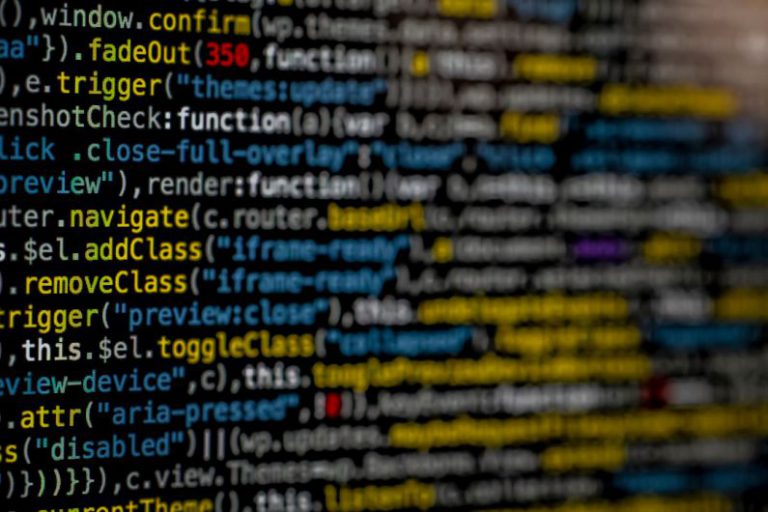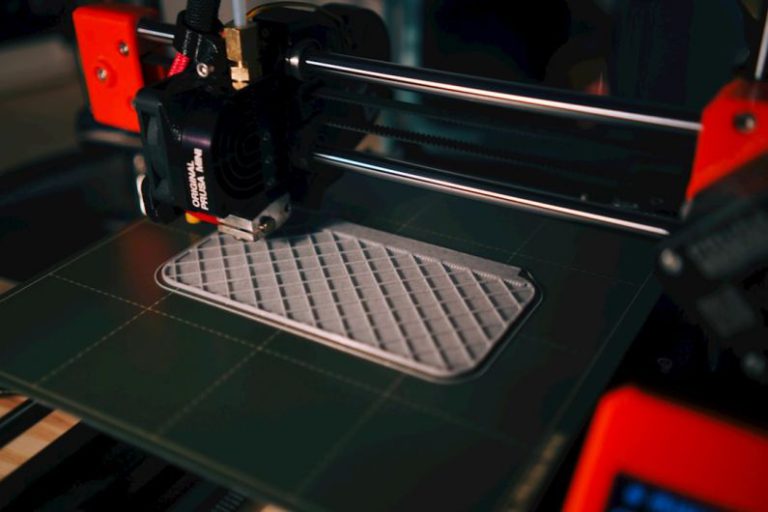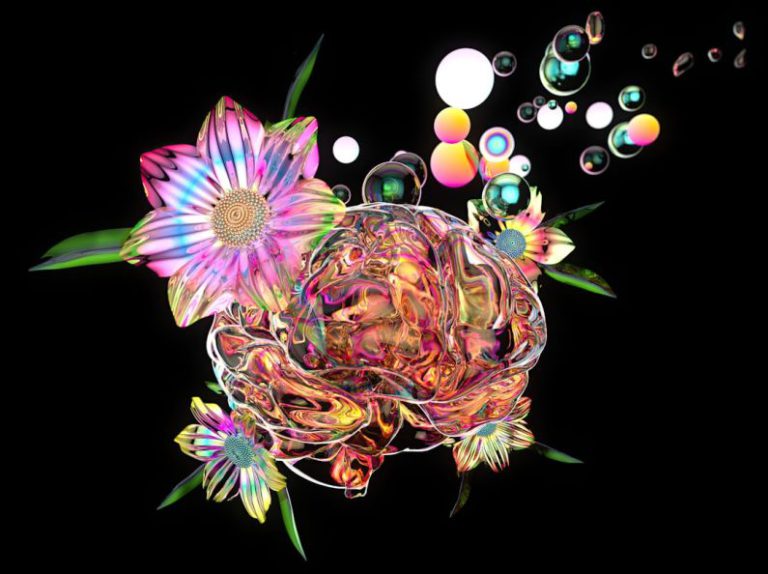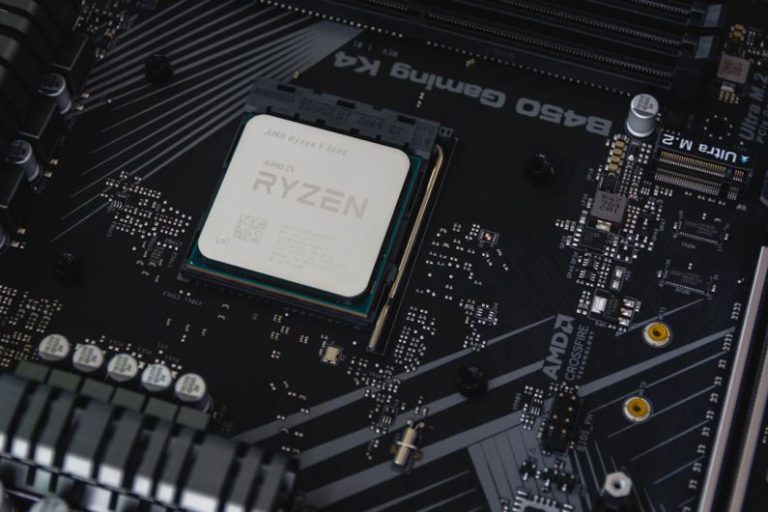Innovations in Education Technology for Creative Learning
In today’s fast-paced world, the role of technology in education has become more prominent than ever before. With the constant evolution of digital tools and platforms, educators are continuously seeking innovative ways to engage students and enhance the learning experience. One area that has seen significant advancements is the use of technology for creative learning. By leveraging new tools and strategies, educators are able to foster creativity, critical thinking, and problem-solving skills in students. Let’s explore some of the key innovations in education technology that are shaping the future of creative learning.
Interactive Learning Platforms
Interactive learning platforms have revolutionized the way students engage with course materials and collaborate with their peers. These platforms offer a dynamic and immersive learning experience that goes beyond traditional textbooks and lectures. Through features such as videos, simulations, and virtual labs, students can explore complex concepts in a hands-on manner, making learning more engaging and interactive. Additionally, many interactive platforms incorporate gamification elements, such as badges and rewards, to motivate students and track their progress.
Virtual and Augmented Reality
Virtual and augmented reality technologies have opened up new possibilities for experiential learning in the classroom. By using VR headsets or AR devices, students can immerse themselves in virtual environments that simulate real-world scenarios, such as historical events, scientific experiments, or architectural designs. This hands-on approach to learning not only enhances students’ understanding of complex concepts but also sparks their creativity and imagination. Moreover, VR and AR technologies enable educators to personalize learning experiences based on students’ interests and learning styles.
Online Collaboration Tools
Collaboration is a key aspect of creative learning, and online collaboration tools have made it easier for students to work together on projects and assignments. Platforms such as Google Workspace and Microsoft Teams provide students with a digital space to share ideas, communicate in real-time, and co-create content. These tools also facilitate peer feedback and evaluation, allowing students to learn from each other and develop essential collaboration skills. By fostering a culture of teamwork and creativity, online collaboration tools help students build a strong foundation for future success.
Adaptive Learning Systems
Adaptive learning systems utilize artificial intelligence and machine learning algorithms to personalize the learning experience for each student. By analyzing students’ performance data and learning patterns, these systems can recommend tailored learning activities, provide targeted feedback, and adjust the difficulty level of assignments in real-time. This adaptive approach not only helps students stay engaged and motivated but also ensures that they receive the support they need to master challenging concepts. As a result, students are more likely to develop a growth mindset and a passion for continuous learning.
Coding and Robotics
Coding and robotics education has gained popularity in recent years as a way to cultivate students’ problem-solving skills and computational thinking. By learning to code and program robots, students can unleash their creativity and innovation while developing valuable technical skills. Coding platforms such as Scratch and Tynker offer a user-friendly interface that allows students to create interactive stories, games, and animations. Similarly, robotics kits like LEGO Mindstorms and VEX Robotics provide hands-on learning opportunities that combine engineering principles with creative design.
Empowering Educators for Creative Learning
Innovations in education technology not only benefit students but also empower educators to deliver impactful and engaging lessons. Professional development programs and online resources help teachers stay up-to-date on the latest trends and best practices in educational technology. By equipping educators with the knowledge and skills to integrate technology into their teaching, schools can create a dynamic learning environment that fosters creativity, collaboration, and critical thinking among students.
In conclusion,
Innovations in education technology have the power to transform the way students learn and educators teach. By embracing interactive learning platforms, virtual and augmented reality, online collaboration tools, adaptive learning systems, coding, and robotics, schools can nurture students’ creativity and critical thinking skills. Moreover, by supporting educators with professional development opportunities, schools can ensure that teachers are prepared to leverage technology effectively in the classroom. As we look towards the future of education, it is clear that technology will continue to play a vital role in shaping creative learning experiences for students around the world.






